I’m writing this post from Savusavu located on the south coast of Vanua Levu, the large island north of mainland Fiji. It took almost three days to sail from Vuda Marina on the west coast of the mainland to Savusavu. The first night we anchored near Malake Island on the north coast of the mainland. We arrived late afternoon to be entertained by a group of very industrious Fijians loading a small boat with sticks they’d collected from the hill above, before they motored off at sunset. The second night we anchored in Raviravi Cove on the south west coast of Vanua Levu. The water was amazingly calm – almost like glass. The guys tried to catch a fish for our dinner but had no luck so we resorted to a very tasty tuna pasta dish cooked by one of the crew. I was out of bed super early the next morning to photograph the most spectacular sunrise. After breakfast we swam off the back of the boat to cool down before heading off again.
We arrived in Savusavu early afternoon. Savusavu is the second largest town on Vanua Levu with a population of around 3,500 people and is known as Fiji’s ‘hidden paradise’. Arriving by boat involved a slow cruise around Nawi Island and along the foreshore giving us a fantastic first view of the bustling township.
We opted to tie up at the marina located in the middle of town. The marina has a cafe, restaurant and outdoor bar. Many of the yachties congregate in the bar each day to exchange tales and tips from their travels and to talk about future sailing plans. The water around the marina is alive with tropical fish as fishing is not allowed off the pier. Around 35 yachts are moored in the bay and another 15 or so berthed at the marina. Day and night yacht residents zip across the bay in their dinghies to visit other boats or come ashore to shop, eat, drink or just relax along the grassy foreshore.
Across from the marina is Nawi Island which is currently being developed into a resort. Each morning men in high-vis gear and hard hats are ferried the short distance across the water to work. The pier from which they leave is a hive of activity taking people and materials to the island and also serving as a meeting point for dive boats and other tourist vessels.
Almost all of the town’s shops are located along the main road that stretches along the foreshore. There are at three large supermarkets as well as many small grocers, clothes and hardware stores, cafes, restaurants, banks and all of the services you’d expect to find in a small town. There is also a thriving fruit and vegetable market open six days a week. The bus terminal near the market has a never ending flow of buses coming and going throughout the day.
Roger and the crew spent a couple of nights in Savusavu before taking off to the French islands of Futuna and Wallis. In order to keep the boat in Fiji, they must leave the country and re-enter. As this involves a 5-6 day and night return trip, Robyn and I opted to stay put in Savusavu and checked into some rooms at the marina. The minute the boat left the rain set in and our little piece of paradise suddenly felt less appealing.
After a full day and night of rain we decided to hire a car and drive to Labasa, hoping for better weather. Labasa (pronounced Lambasa) is the largest city on the island with a population of around 28,000. Heading out of Savusavu to the north we drove through a rainforest. It was a beautiful but very slow trip due to the constant rain and low clouds. Thankfully, the weather cleared once we reached the flatter more open farming terrain. To the north the dirt was very red, similar to what you’d find in central Australia. We drove through a number of villages – most had a small shop, some a school. Many villagers walked along the side of the road, taking children to school, to catch the bus, or to go to work. There were many sugar cane plantations on the north side of the island so it was common to see a man heading to work with a very large knife in hand. Small stalls were dotted along the road mostly selling paw paws, tomatoes and other fruit and vegetables. We also saw many goats and cows tethered and feeding off the lush pasture.
Labasa was very busy and industrial with the streets full of people going about their day-to-day business. There appeared to be very few tourists. On the drive to Labasa we’d passed many trucks and tractors loaded with sugar cane. Once there we saw where it is taken to be sold and transported overseas. There would have been over a hundred trucks laden with cane, lined up, patiently waiting their turn to unload. The trucks were all brightly painted and well maintained, unlike most of the cars on the island. We wandered around the market which was typical of most we’ve been to in Fiji – dark, crowded and noisy. This one was a little different in that it sold non-food items which we’d not seen before. Lunch was at an Asian eatery in the main street which seemed very popular with the locals. The food was good and cheap.
Heading back to Savusavu we missed our turn and took an unintended but interesting detour seeing a little more of the island. We arrived back to find it had been raining constantly all day so were very pleased we’d made the trip.

















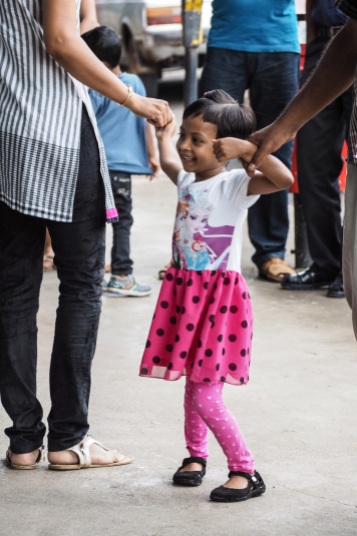









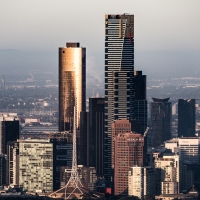
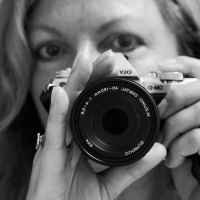
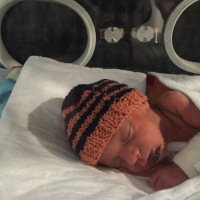
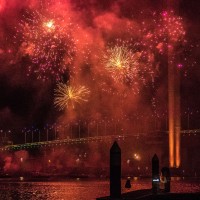

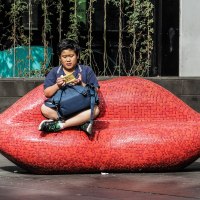
This is a fantastic trip, Michelle. Your narrative and photos are the best testimony.
Thank you for sharing your adventure.
The photos are superb. I can only imagine how much you’re enjoying this adventure.
Have fun.
LikeLike
Thanks Lucile – I’m really pleased you’ve enjoying reading about it. It has been a wonderful trip so far. It was also very special to be able to meet with Lisa.
LikeLike
My pleasure! This meeting was really special! Meeting in person after just online contact can be magic. There are fantastic human beings also in real life, and I have no doubts that you and Lisa are exactly that
LikeLiked by 1 person